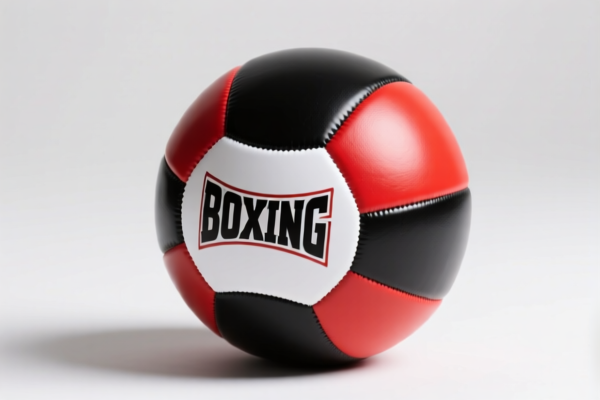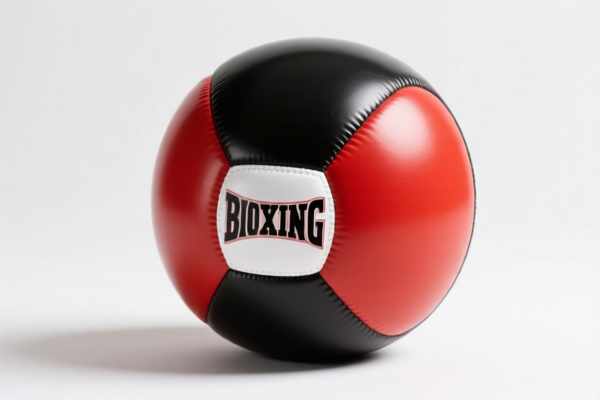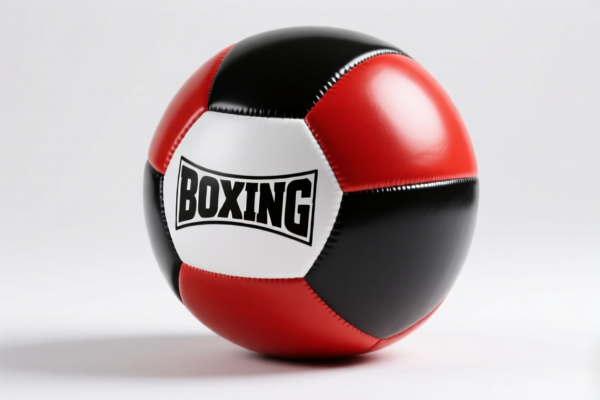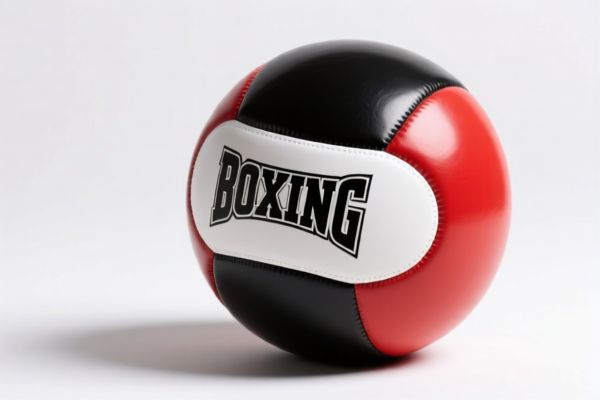| HS Code | Official Doc | Tariff Rate | Origin | Destination | Effective Date |
|---|---|---|---|---|---|
| 9506992800 | Doc | 62.5% | CN | US | 2025-05-12 |
| 3901901000 | Doc | 55.0% | CN | US | 2025-05-12 |
| 3926909989 | Doc | 42.8% | CN | US | 2025-05-12 |
| 4205008000 | Doc | 55.0% | CN | US | 2025-05-12 |
| 6307907500 | Doc | 34.3% | CN | US | 2025-05-12 |




HS Code Classification & Tax Details for Your Declared Goods ("BOXING BALL")
Here's a breakdown of the HS codes provided for the goods you've declared, along with detailed tax information and important considerations. This analysis aims to provide clarity on classification, applicable duties, and potential changes.
Understanding HS Codes:
The Harmonized System (HS) code is a standardized international system of names and numbers to classify traded products. It's used by customs worldwide to ensure consistent tariff application. Here's a general breakdown of the code structure:
- First 2 Digits (Chapter): Broadly defines the product category.
- Next 4 Digits (Heading): More specific classification within the chapter.
- Following 2 Digits (Subheading): Further refines the product description.
- Remaining Digits: Provide even greater detail for specific products.
1. HS Code: 9506.99.28.00 – Articles and equipment for general physical exercise, gymnastics, athletics, other sports (including table-tennis) or outdoor games, not specified or included elsewhere in this chapter; swimming pools and wading pools; parts and accessories thereof: Other: Other: Lacrosse sticks
- Chapter 95: Toys, games and sports requisites; gymnastic or athletic articles.
- Heading 9506: Articles and equipment for general physical exercise, gymnastics, athletics, other sports (including table-tennis) or outdoor games, not specified or included elsewhere in this chapter.
- Subheading 9506.99: Other.
-
9506.99.28.00: Specifically for Lacrosse sticks. This suggests your "BOXING BALL" may be classified under this broader category if it's considered sports equipment.
Tax Details: * Basic Duty: 0.0% * Additional Tariff: 7.5% * Post April 2, 2025: Additional Tariff increases to 30% for steel and aluminum products. * Total Tax: 62.5%
Important Note: The significant tariff increase post-April 2, 2025, is tied to the material composition. Please confirm the material of your boxing ball (steel, aluminum, or other). If it contains steel or aluminum, the 30% tariff will apply after the specified date.
2. HS Code: 3901.90.10.00 – Polymers of ethylene, in primary forms: Other: Elastomeric
- Chapter 39: Plastics and articles thereof.
- Heading 3901: Polymers of ethylene, in primary forms.
- Subheading 3901.90: Other.
-
3901.90.10.00: Specifically for Elastomeric polymers. This code is relevant if your boxing ball is made of ethylene-based polymers in their primary form (e.g., raw plastic material used in manufacturing).
Tax Details: * Basic Duty: 0.0% * Additional Tariff: 25.0% * Post April 2, 2025: Additional Tariff increases to 30%. * Total Tax: 55.0%
Important Note: This code applies to the raw material itself. If your boxing ball is a finished product made from these polymers, another code (like 3926.90.99.89) is more appropriate.
3. HS Code: 3926.90.99.89 – Other articles of plastics and articles of other materials of headings 3901 to 3914: Other: Other Other
- Chapter 39: Plastics and articles thereof.
- Heading 3926: Other articles of plastics and articles of other materials of headings 3901 to 3914.
- Subheading 3926.90: Other.
-
3926.90.99.89: A broad "catch-all" for other plastic articles. This is a likely candidate if your boxing ball is a finished product made of plastic.
Tax Details: * Basic Duty: 5.3% * Additional Tariff: 7.5% * Post April 2, 2025: Additional Tariff increases to 30%. * Total Tax: 42.8%
4. HS Code: 4205.00.80.00 – Other articles of leather or of composition leather: Other: Other: Other
- Chapter 42: Articles of leather; saddlery and harness equipment.
- Heading 4205: Other articles of leather or of composition leather.
- Subheading 4205.00: Other.
-
4205.00.80.00: This code applies if your boxing ball is made of leather or composition leather.
Tax Details: * Basic Duty: 0.0% * Additional Tariff: 25.0% * Post April 2, 2025: Additional Tariff increases to 30%. * Total Tax: 55.0%
5. HS Code: 6307.90.75.00 – Other made up articles, including dress patterns: Other: Toys for pets, of textile materials
- Chapter 63: Other made up textile articles; sets of textile articles.
- Heading 6307: Other made up articles, including dress patterns.
- Subheading 6307.90: Other.
-
6307.90.75.00: Specifically for Toys for pets, of textile materials. This code is relevant if your boxing ball is made of textile materials and intended as a pet toy.
Tax Details: * Basic Duty: 4.3% * Additional Tariff: 0.0% * Post April 2, 2025: Additional Tariff increases to 30%. * Total Tax: 34.3%
Recommendations:
- Material Confirmation: Crucially, determine the primary material of your boxing ball. This is the most important factor in selecting the correct HS code.
- Intended Use: Is it a sports equipment item, a pet toy, or something else?
- Review with Customs Broker: I strongly recommend consulting with a licensed customs broker in your country. They can provide definitive classification based on the specific characteristics of your product and current regulations.
- Certification: Depending on the material and intended use, you may need specific certifications (e.g., safety standards for toys, material composition reports). Check with your customs broker regarding required documentation.
- Monitor Tariff Changes: Be aware of the upcoming tariff changes on April 2, 2025, and factor them into your cost calculations.
Disclaimer: This information is for general guidance only and does not constitute professional customs advice. HS code classification can be complex, and the final determination rests with customs authorities.
Customer Reviews
This site made it easy to find the right HS code for my boxing ball. The 55% tariff for 4205.00.80.00 was well-explained, and the leather note was helpful.
The 42.8% tariff for the 3926.90.99.89 code was clearly explained. I appreciate the note about material composition and the April 2025 tariff changes.
Fantastic resource for HS Code 6307.90.75.00. The pet toy classification and 34.3% tax were very specific and helpful.
The review was good, but I was confused about the 42.8% tariff for 3926.90.99.89. Maybe more clarification on material types would help.
The detailed info on the 55% tariff for 3901.90.10.00 was exactly what I needed. I'm exporting plastic materials and this helped a lot.